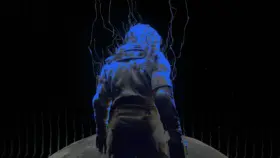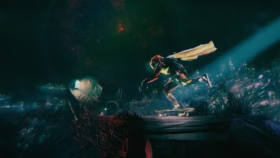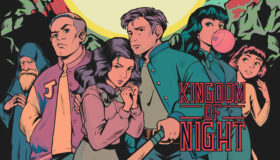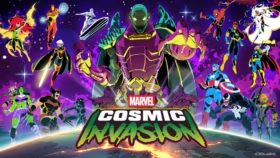2016’s Oxenfree featured an excellent, free-flowing narrative structure – it was a storytelling game with no cutscenes, where your dialogue choices dictated how one terrible night would play out for a bunch of teenagers. Oxenfree 2: Lost Signals – which is a direct sequel, following on from the events of the first game – uses the same free-flowing choice-based dialogue system that lets you feel a stronger sense of direction in how conversations are staged, and how they flow. Oxenfree 2 repeats many of the best parts of the original game, but in doing, so it struggles to forge an identity of its own – it’s a good sequel, but one that can’t quite live up to the charm or spookiness of its predecessor.
Oxenfree 2 casts you as Riley, a woman in her 30s who is returning home to Camena – just one island over from the first games’ Edwards Island – to take up an entry-level research job and touch base with her difficult father amidst a recent dramatic life change.
On her first night, she’s paired up with the similarly-aged Jacob and told to plant a series of tracking beacons around the island to monitor some strange goings-on. After you plant that first tracker, things immediately get familiarly weird: a giant triangle appears in the sky over Edwards Island yet again, and soon you’re contending with phantoms coming through the radio, time looping in on itself, and otherworldly encounters popping up all over the island.
As in the first game, you explore the map by navigating 2.5D paths, occasionally solving very light puzzles or finding yourself lost because the map isn’t very granular (this is intentional, as needing to learn to orient yourself and navigate your way around the island is one of the game’s pleasures). You can pull out a radio at any time and tune through it to pick up smatterings of music, talk shows, or ghostly wailings, and this time you have a walkie-talkie too, which is used in some neat optional side-quests.
The Oxenfree radio remains a thing of beauty – scanning through it to find something to listen to, or trying to figure out what exactly you’re hearing on a particularly cursed frequency, is a pleasure. There’s a feeling of real depth here, a sense that the developers really want you to play with this toy they’ve given you, even if it’s rarely essential to progress.
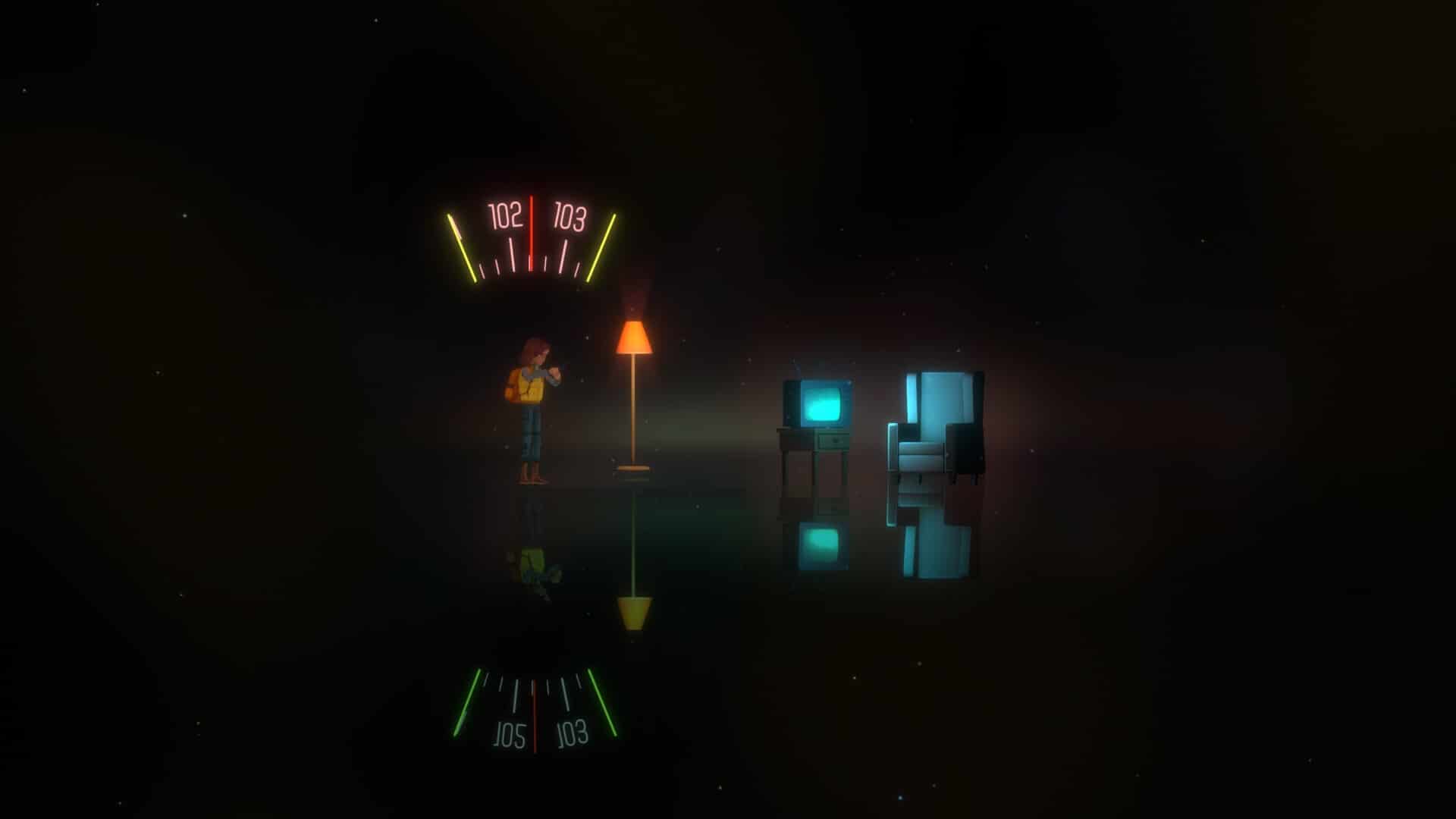
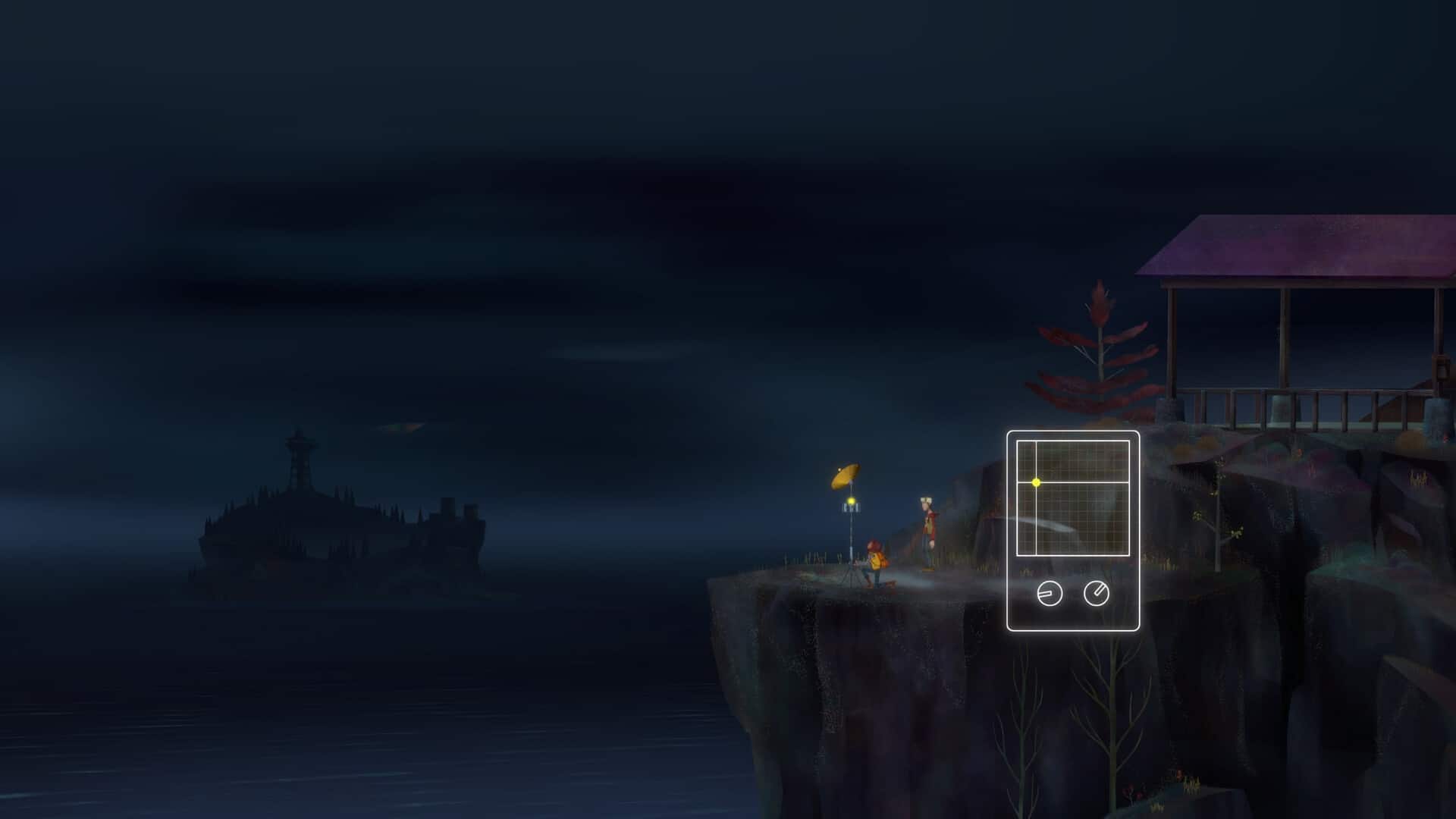
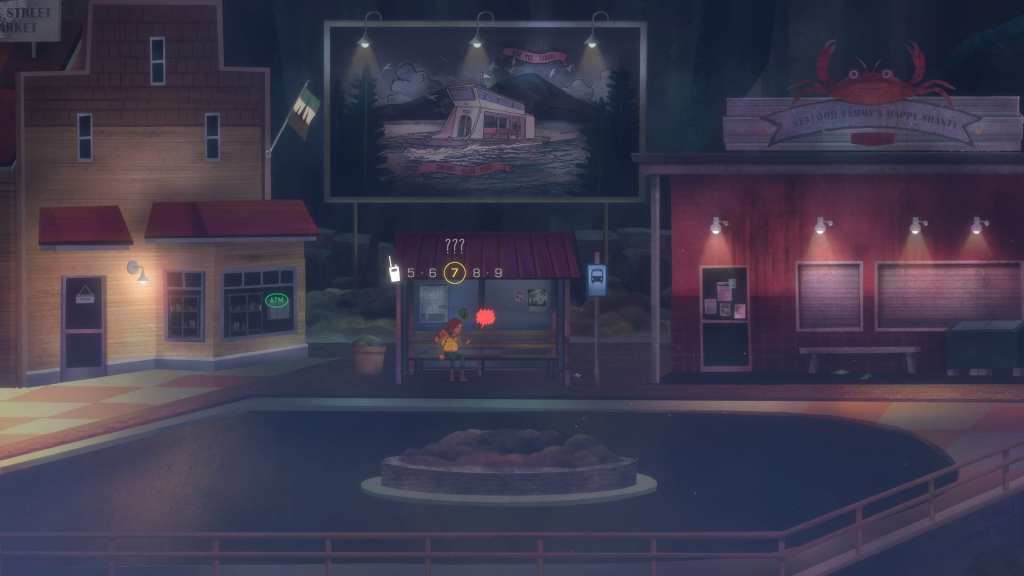
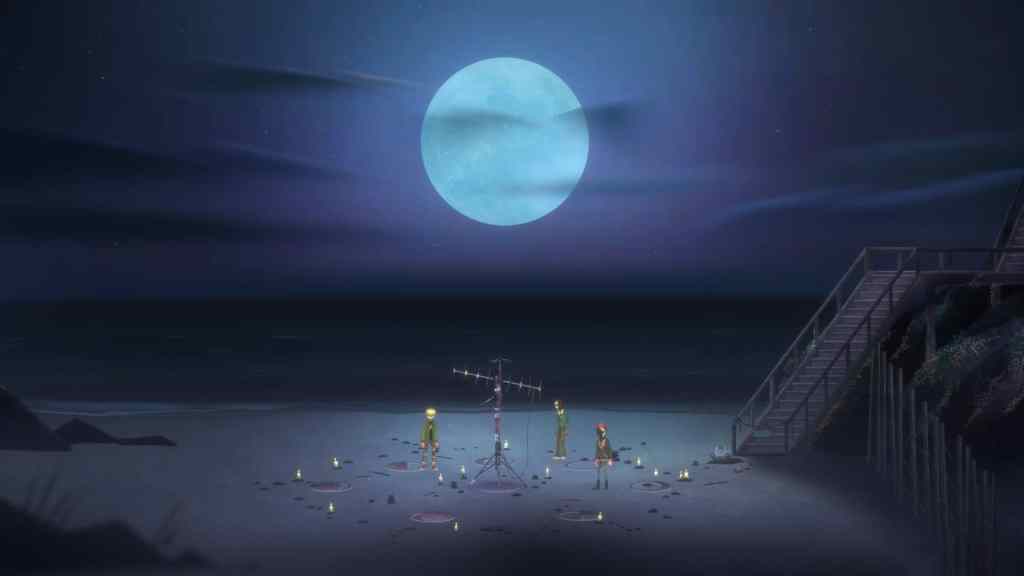
Outside of all the walking and talking, Oxenfree 2 is pretty light on mechanics. There are, in total, two moments in the game that I would classify as ‘puzzles’, both of which involve traveling through ‘time rifts’ and interacting with the past, an extremely interesting and cool mechanic that is underused outside of these moments. Although Oxenfree 2 took me longer to finish than the original, it somehow felt smaller, with only a few standout environments and a lot of repetitive landscapes to walk through.
But the real reason to play Oxenfree 2 is for its story, and it’s a pretty good one. There’s a cult, another group of bratty teens, a whole heap of callbacks to the original, and some interesting characters on the other side of your walkie-talkie whose fates you have some control over. When Oxenfree 2 leans into being a fun spooky adventure, it excels – even if the mythology gets a tad convoluted by the end. Just make sure you revisit a plot synopsis of the first game, because it very much expects you to remember several specific things that happened in that game.
Having said that, as I played through the game I found myself continually butting up against a wall with the two central characters, Riley and Jacob, and their interactions. In my own writing, I often need to do an ellipsis pass to make sure that my dialogue does not have too many stilted pauses. “This is natural… yes… this is how people talk…”, I’ll think, until I read it back. I thought often about my worst habits in Oxenfree 2, because the dialogue is rife with pauses, ums, ahhs, you-knows, and hesitations.

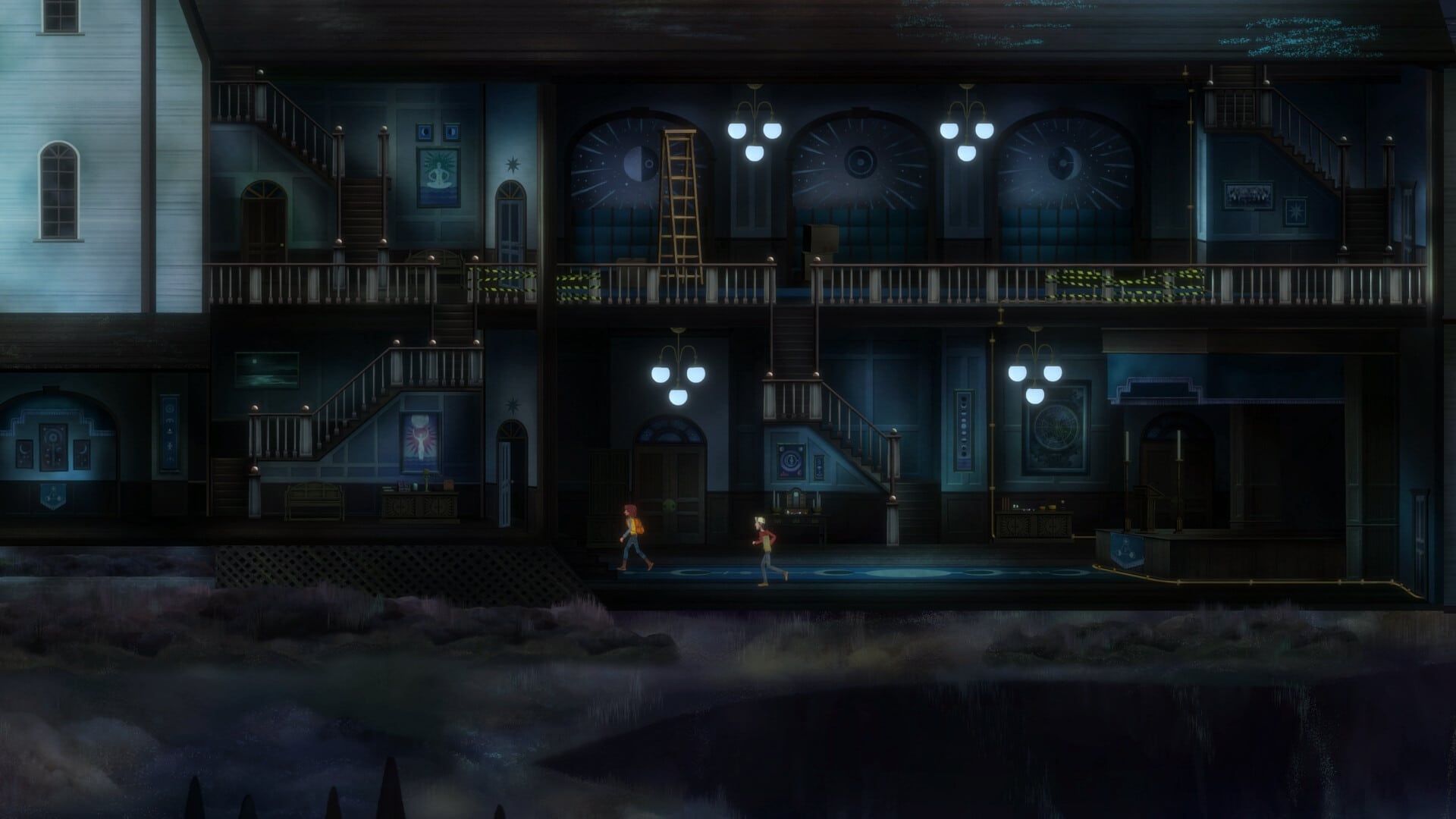
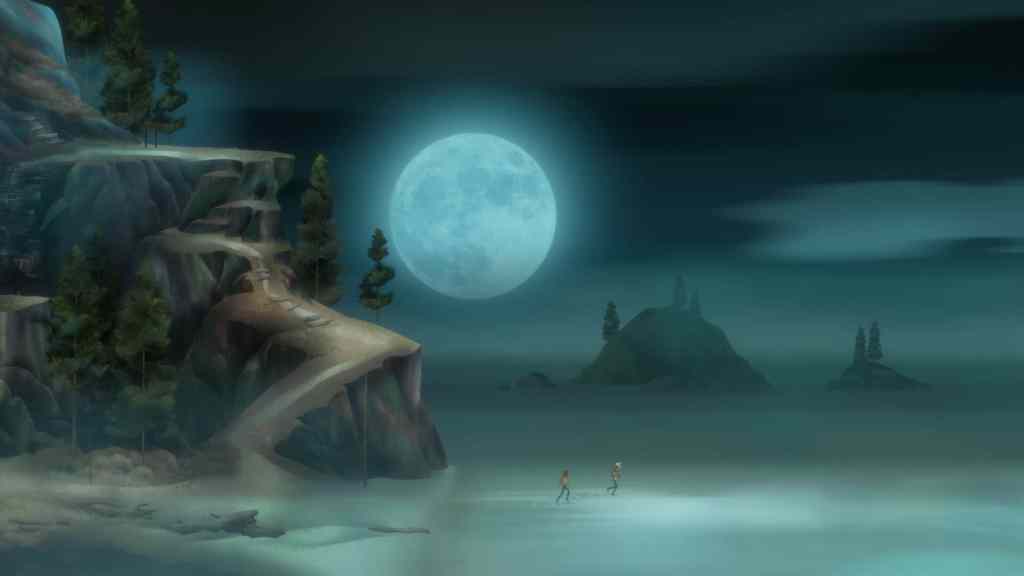
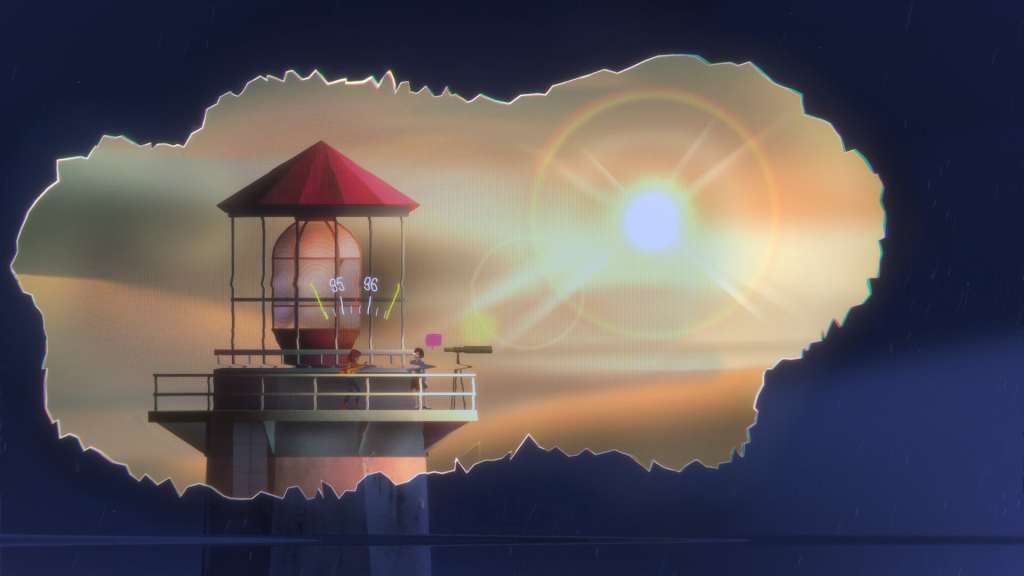
Picking what feels like a strong dialogue response for Riley will often lead to a line wrapped up in clauses and apologies. Jacob, meanwhile, is written in a way that made me feel like I was meant to like him, to find him charming, despite the fact that so much of his dialogue was self-involved, wishy-washy monologuing.
After finishing the game, I restarted and tried playing Riley as a jerk, responding harshly – or not at all in most cases – to a lot of Jacob’s conversation. The game’s dialogue flow is great at reactivity, meaning that conversations still make sense and feel natural no matter how you play things, but Jacob was no less grating when Riley wasn’t talking back.
These are not bad acting performances, or even, really, bad characters – it’s a stylistic choice that I don’t think works. I found myself pining for the original Oxenfree cast, which felt so rounded and real with their petty squabbling and deep pain. The writers at Night School Studio seem to have a real knack for writing teenagers (which is also true of the teen side characters that pop up in this sequel), but I struggled with the characters that were meant to be closer to my own age.
Still, Oxenfree 2 is an easy recommendation if you loved the first game as much as I did. While the original is definitely my preference between the two, the sequel expands the series’ lore and is packed full of callbacks, while also featuring a lot of the quirks that made the first so interesting. Oxenfree 2 is, fundamentally, more of a good thing.
3 stars: ★★★
Oxenfree 2
Platforms: PC, Mac, Nintendo Switch, PlayStation 5, PlayStation 4, iOS, Android
Developer: Night School Studio
Publisher: Netflix, MWM Interactive
Release Date: 12 July 2023
The

